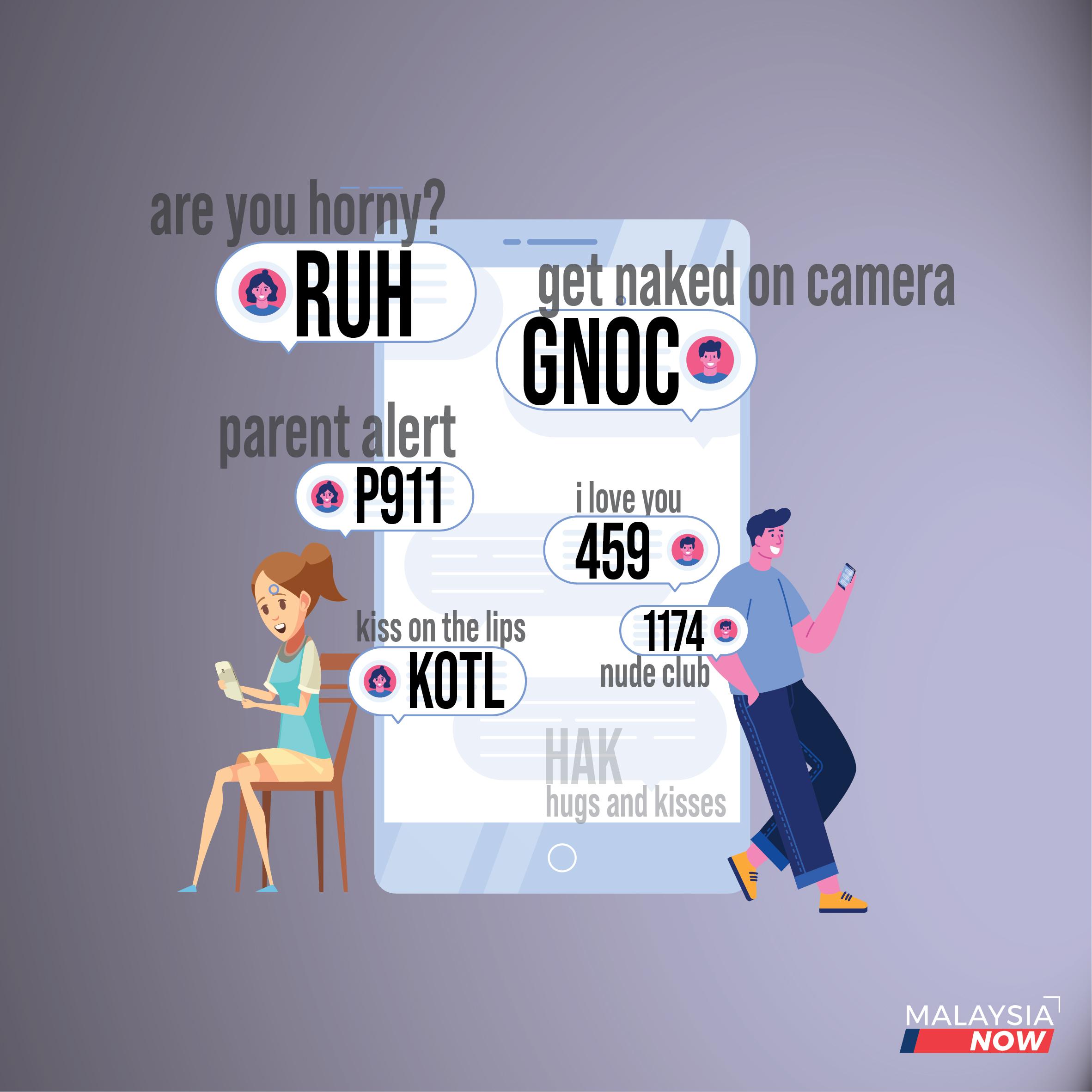Keeping up with the lingo to safeguard children online
With children spending greater amounts of time online, especially in the age of the pandemic, parents will need to keep abreast of terminology that could raise red flags.
Just In
As more and more aspects of life are transferred online, aided by technological advances and, inadvertently, the appearance of Covid-19 on the global stage, parents will need to work to keep up with digital trends and terminology in order to safeguard their children, an expert says.
Geshina Ayu Mat Saat, a criminologist and psychologist from Universiti Sains Malaysia, said the language used in the digital world changes swiftly and children might unknowingly fall victim to predators if parents do not keep a watchful eye.
In order to do this, they need to have the knowledge and skills required to protect and educate their children about such dangers, she said.
“Almost all applications and social media platforms that children subscribe to have inappropriate content and interactions where predators use acronyms and slang to communicate with children,” she said.
“These predators purposely seek out such applications to reach out to children or to make themselves available for children to find them.”
With preventive virus measures pushing most face-to-face activities out of the picture for the better part of two years now, children have been spending more time online, including for necessary pursuits such as attending school sessions.
And the more time they spend online, the wider the window of opportunity for predators to take advantage of them.
The limitless nature of the internet also means that these potential situations are not bound to a particular space or time.
Children also run a greater risk of being exposed to negative elements or being manipulated or groomed by unscrupulous individuals.
“More time online also gives rise to an increased learning of social norms and values which may contradict a family’s ethnic, cultural or religious identities as interactions become borderless,” Geshina said.
While it may be tricky to keep track of children’s online activities, especially for parents who feel themselves technically challenged to begin with, she said efforts should be made towards this.
She suggested that parents set time-controlled access to digital devices so that children do not miss out on family interactions or develop anti-family tendencies.
“However, most importantly parents must be a role model for these efforts and should not claim parental privilege when it comes to online access, as children learn not only from words said but from behaviours observed,” she said.
MalaysiaNow reported earlier this year that the shift to online classes had brought with it a greater risk of exposure to pornography and sexually explicit material.
Three years ago, Bukit Aman’s D11 division, which deals with sexual crimes related to women and children, revealed that as many as 17,333 IP addresses involved with child pornography came from Malaysia, making it the top consumer of online child pornography in the region.
Victims are typically between the age of 13 and 16 who fall prey to the grooming tactics the perpetrators use to normalise sexual contact.
In March, meanwhile, the D11 division said 993 cases of physical sexual assault involving children below the age of 18 were reported in 2020, an increase from 732 and 591 reported in 2019 and 2018 respectively.
D11 principal assistant director Siti Kamsiah Hassan said most victims of physical sexual assault are cases of statutory rape among underaged children.
She said 20% of such cases occur without consent, a number she attributed to the trend of children being unaware of the risks of social media.
“These cases happen due to them being overexposed on social media and unlimited internet access,” she said.
Racheal Kwacz, a child and family development specialist, said parents should come alongside their children to encourage open and honest communication.
“If we search the internet, we can find many articles and easily available resources on how to keep a child safe and the tools that parents can use to help their children, but that is just the tip of the iceberg,” she said.
“We fail to see the bigger picture in which, if we take the time to communicate with our children, we might see the early signs.”
She also spoke of a need for firm boundaries and open literacy that promotes critical thinking skills in safe and age-appropriate ways so that new tools become available, children are equipped to handle them.
“All in all, we just want to remove shame and secrecy through communication,” she said.
Subscribe to our newsletter
To be updated with all the latest news and analyses daily.
Most Read
No articles found.
